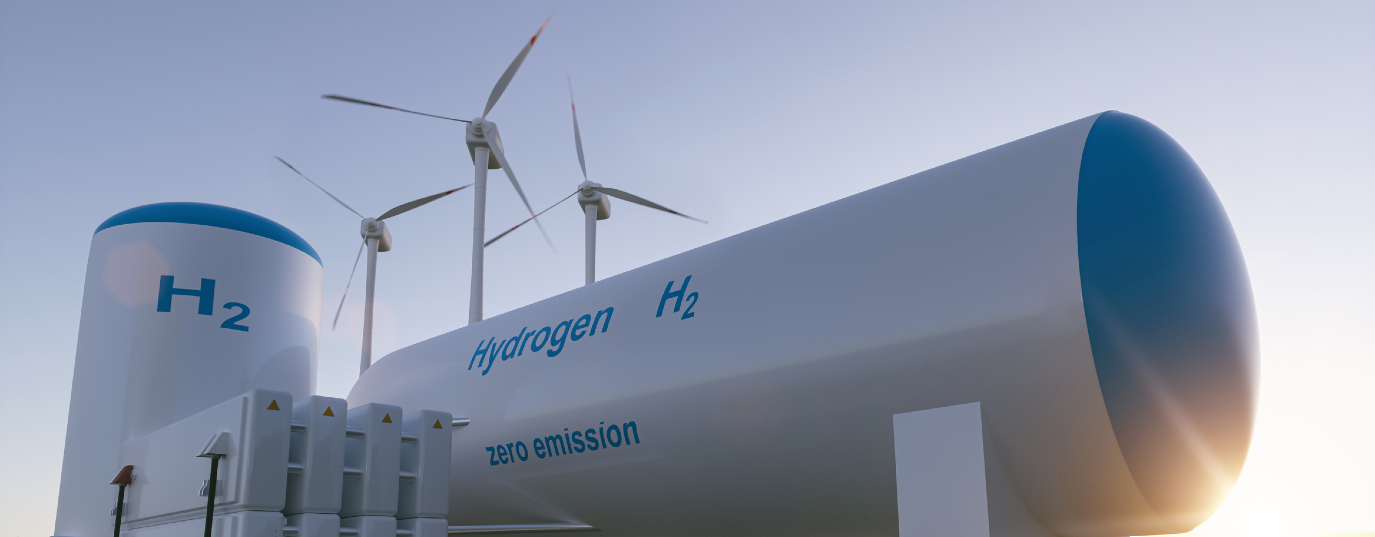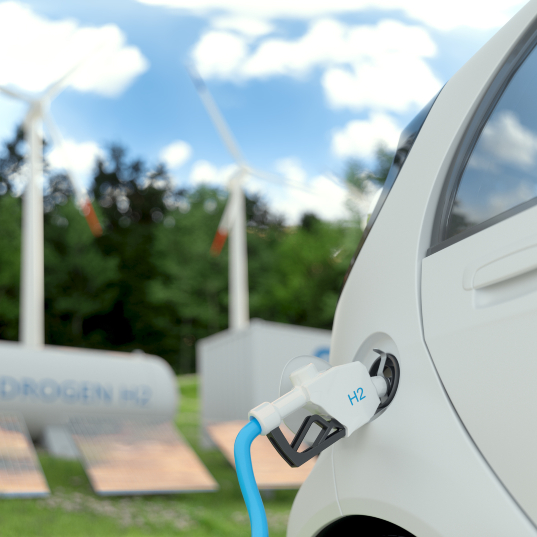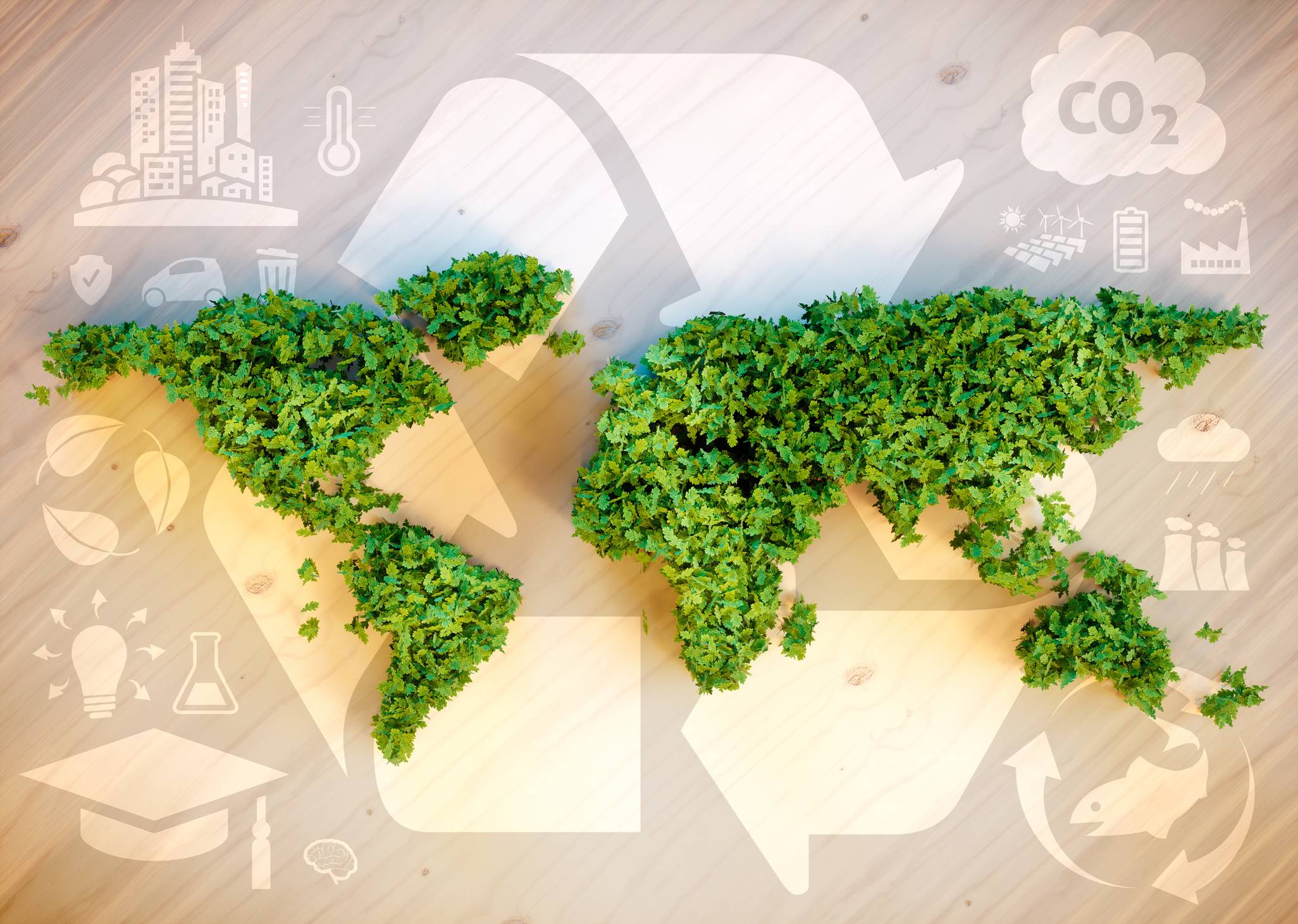What is green hydrogen used for?
Green hydrogen or clean hydrogen is a form of renewable energy that has many uses and in this article we explain what these are.
Green hydrogen is becoming a key component in bringing about energy transition and ensuring a sustainable future. The decreased cost of producing green hydrogen using renewable energies, together with a drive towards reducing greenhouse gas emissions, have given clean hydrogen an unprecedented boost.
This element will play a key role in the decarbonisation of various sectors such as industry, mobility, energy storage… We certainly have reasons to expect great things from green hydrogen. In a previous article on Sustainability we already explained what green hydrogen is, so here we will go on to explain some of its benefits and uses.
Benefits of green hydrogen
In the age-old debate between fossil fuels and renewable energies, there are fewer and fewer arguments against the latter. Although there are several misconceptions surrounding renewable energies, one of their main drawbacks is their reliance on natural elements. Before, if there was no wind, there was no wind power. If it was night-time, there was no solar power.
In the absence of being able to compel the sun to shine at night or summon winds that propel the blades of windmills at our will, efforts are focused on finding a suitable tool that allows excess energy generated by good weather conditions to be stored so that it can be used for when conditions are less favourable. The contender? Green hydrogen.
As we already explained in this article, green hydrogen is obtained from renewable sources through electrolysis. Well, we can store this clean hydrogen compressed in specific tanks. And later, when we need energy, this element is channelled into a fuel cell, where we combine hydrogen with oxygen from the air to produce electricity and the only by-product produced is water.
Green hydrogen as fuel
Thanks to technologies like the fuel cell, green hydrogen is being used in transport, providing a sustainable mobility alternative. Cars that run on this clean energy have a hydrogen tank that connects to the fuel cell, where the electricity that powers the engine is generated.
 Fuel cell electric vehicles(FCEVs) signify a revolution in the energy and transport sector towards using fuel with a carbon-neutral footprint. They currently only account for 0.5 % of new low-emission vehicle sales. However, as stated by the International Energy Agency, the market for FCEVs is beginning to flourish.
Fuel cell electric vehicles(FCEVs) signify a revolution in the energy and transport sector towards using fuel with a carbon-neutral footprint. They currently only account for 0.5 % of new low-emission vehicle sales. However, as stated by the International Energy Agency, the market for FCEVs is beginning to flourish.
Hyundai has announced that it will be manufacturing 500,000 hydrogen vehicles by 2030, Paris has begun developing a fleet of taxis that run on this fuel and in several European cities waste collection vehicles are already powered by this technology.
Green hydrogen will also be key for mining vehicles, trains, aircrafts, lorries, buses and even maritime transport.
Green hydrogen in industry
In addition to the above-mentioned use as an energy store, hydrogen is currently mainly used in two sectors. One use is in the chemical industry for manufacturing ammonia and fertilisers. While its second main use is in the petrochemical industry to produce petroleum products.
Furthermore, it is starting to be used in the steel industry, a sector which is under considerable pressure in Europe because of its polluting effect. Thanks to this gas, there is an opportunity to change some of the industry's processes to make them less aggressive to the environment.
Green hydrogen in domestic use
With regard to domestic use, there are already several sustainable projects underway that aim to replace the natural gas network with a green hydrogen network that provides electricity and heat to households without producing pollutant emissions.
Green hydrogen is undoubtedly taking a leading role in the decarbonisation of the economy. Indeed, renewable energies will power the post-COVID-19 world However, there are still challenges ahead with regard to its rollout: reducing production costs, optimising its storage and deploying minimal infrastructure. There are some obstacles that we will manage overcome in order to cement green hydrogen as the energy that is no longer of the future, but of a more sustainable present.
Sources: IRENA, Hydrogen Council







